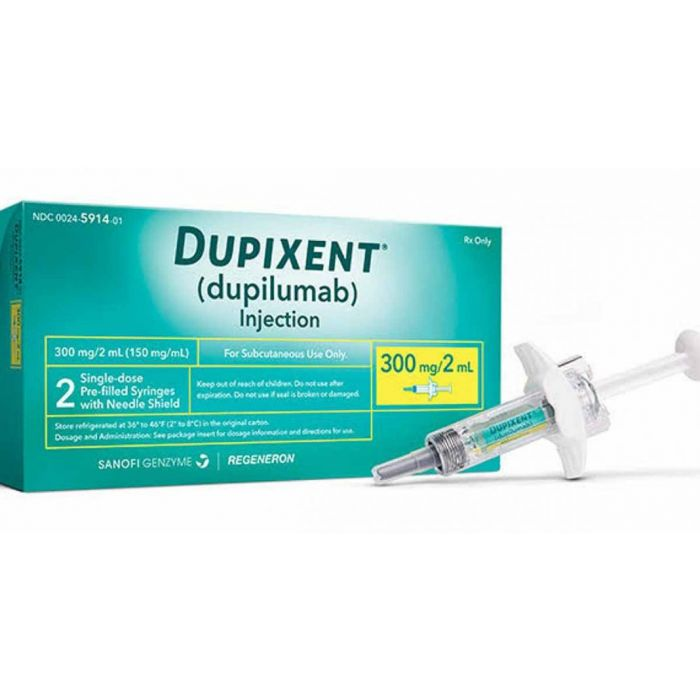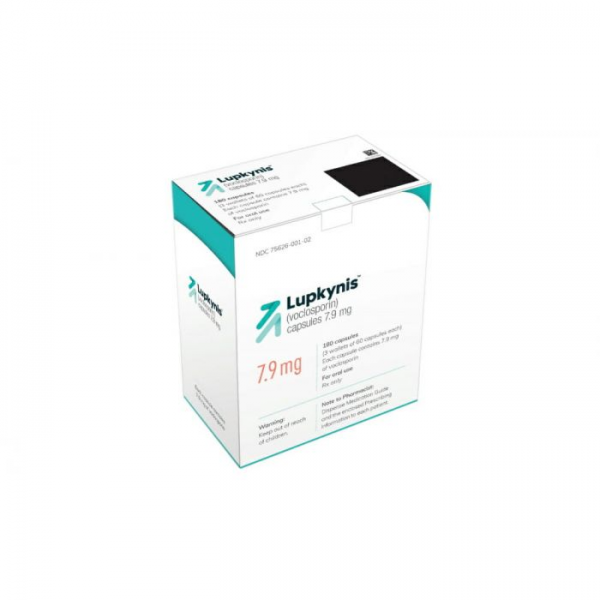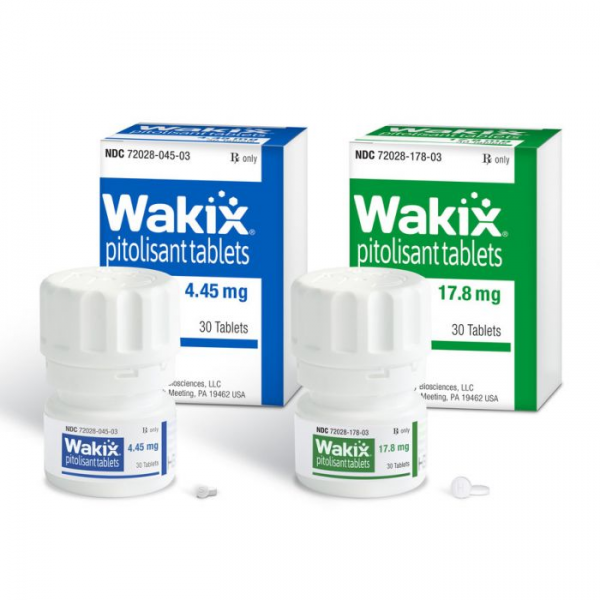What is Dupixent (dupilumab) for?
Dupixent (dupilumab) is a dual inhibitor of IL-4 and IL-13 used to treat:[1]
- Patients (6+ years) with moderate-to-severe atopic dermatitis (eczema) whose disease is not adequately controlled with topical prescription therapies or when those therapies are not advisable. It can be used with or without topical corticosteroids.
- Patients (12+ year) with moderate-to-severe asthma with an eosinophilic phenotype, or with OCS‑dependent asthma regardless of phenotype. It is indicated as add-on maintenance treatment.
- Adult patients with inadequately controlled chronic rhinosinusitis (long-term sinus inflammation) with nasal polyposis (CRSwNP). It is indicated as add-on maintenance treatment.
It comes as a pre-filled syringe containing 300 mg/2 ml or 200 mg/1.14 ml or a pre-filled pen of 300 mg/2 ml (only for use in adults and adolescents aged 12 years and older) to be self-administered as a subcutaneous injection.[1]
How does Dupixent (dupilumab) work?
Atopic dermatitis, asthma and CRSwNP are all diseases in which inflammation plays a key role. Patients with these diseases produce high levels of proteins called interleukin 4 and interleukin 13 (IL-4 and IL-13), which can cause inflammation of the skin and airways and causes symptoms of the disease.[1,2]
The active ingredient in Dupixent, dupilumab, is a monoclonal antibody (a type of protein) that can bind to and block receptors (targets) for IL-4 and IL-13. By doing this, dupilumab can prevent IL-4 and IL-13 from working and relieves disease symptoms.[1,2]
Where has Dupixent (dupilumab) been approved?
Dupixent (dupilumab) was approved for the treatment of people with HoFH by:
- The Food and Drug Administration (FDA), USA:
- The European Medicines Agency (EMA), Europe:
Dupixent was evaluated by the FDA with Priority Review, and received Breakthrough Therapy designation for the indications. Breakthrough Therapy designation is given to stimulate the development and review of drugs developed for serious or life-threatening conditions.[3,4,5]
Additionally, the FDA has granted Breakthrough Therapy designation to Dupixent (dupilumab) for the treatment of patients 12 years and older with eosinophilic esophagitis (EoE).[11]
The FDA is currently also reviewing Dupixent (dupilumab) for children aged 6 to 11 years with moderate-to-severe asthma.[12]
Please note that this medicine may have also been approved in other regions than the ones we’ve listed. If you have a question about its approval in a specific country feel free to contact our support team.
How is Dupixent (dupilumab) taken?
Atopic Dermatitis
The standard dosage is:[1]
- An initial dose of 600 mg (two 300 mg injections in different injection sites),
- Followed by 300 mg given every 2 weeks.
In patients weighing less than 60 kg, the dosage or dose frequency will be adjusted.[1]
Asthma
The standard dosage is:[1]
- An initial dose of 400 mg (two 200 mg injections in different injection sites), followed by 200 mg given every 2 weeks, or
- An initial dose of 600 mg (two 300 mg injections in different injection sites), followed by 300 mg given every 2 weeks
Chronic Rhinosinusitis with Nasal Polyposis
The standard dosage is:[1]
- 300 mg given every other week
Dupixent (dupilumab) is given by an injection under the skin (subcutaneous).[1]
Patients may self-inject Dupixent, or a caregiver may give the injection. Before administering the medicine at home, it is important to receive proper training from a healthcare professional.[1]
Complete information about Dupixent (dupilumab) dosage and administration can be found in the official prescribing information listed in our references section.[1]
Note: Please consult with your treating doctor for personalised dosing.
Are there any known adverse reactions or side effects of Dupixent (dupilumab)?
Common adverse reactions
The most common side effects ( ≥1% of patients) listed in the prescribing information include:[1]
- Injection site reactions
- Conjunctivitis
- Blepharitis
- Oral herpes
- Keratitis
- Eye pruritus
- Other herpes simplex virus infection
- Dry eye
Serious adverse reactions
The serious adverse reactions listed in the prescribing information include:[1]
- Allergic reactions
- Eye problems





Reviews
There are no reviews yet.